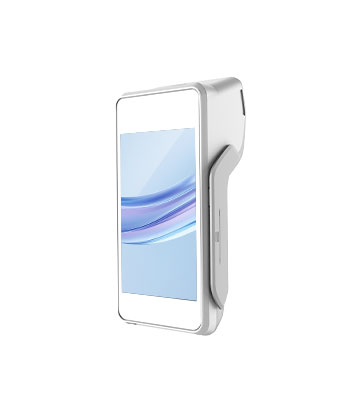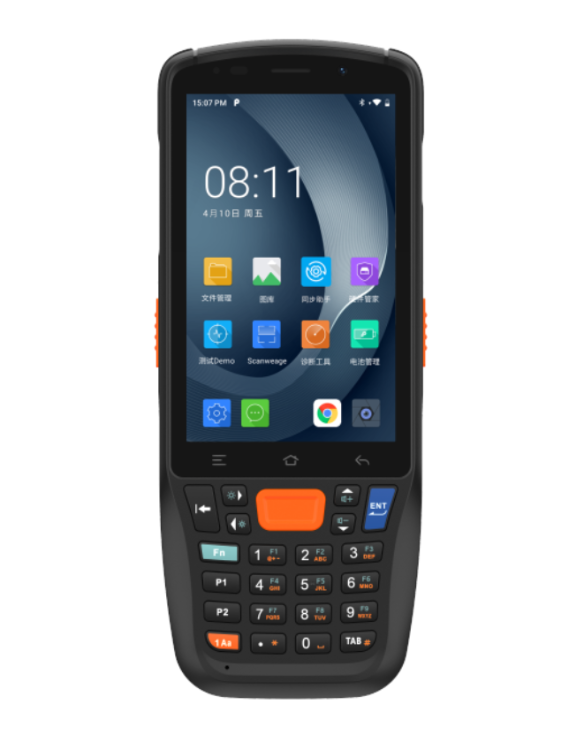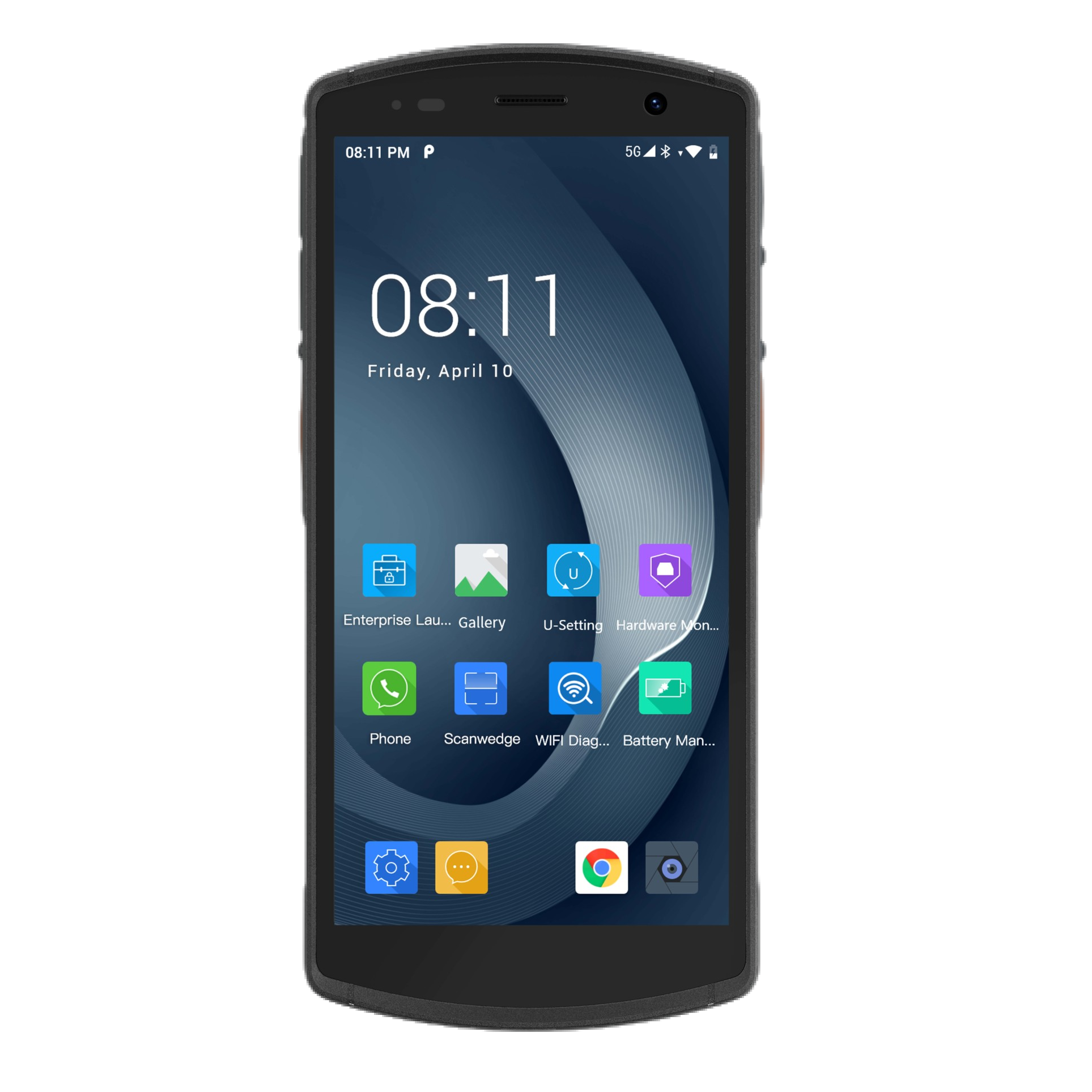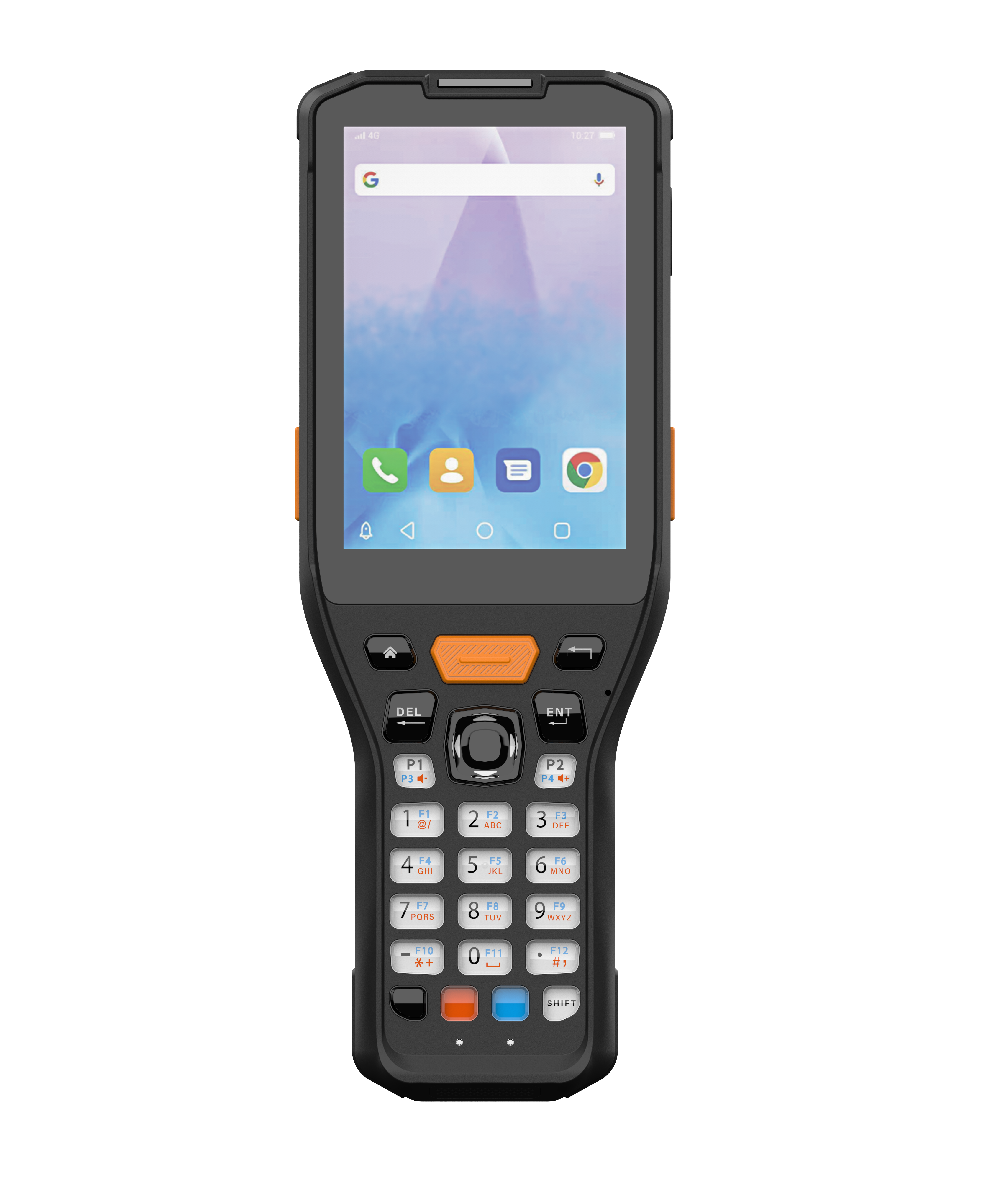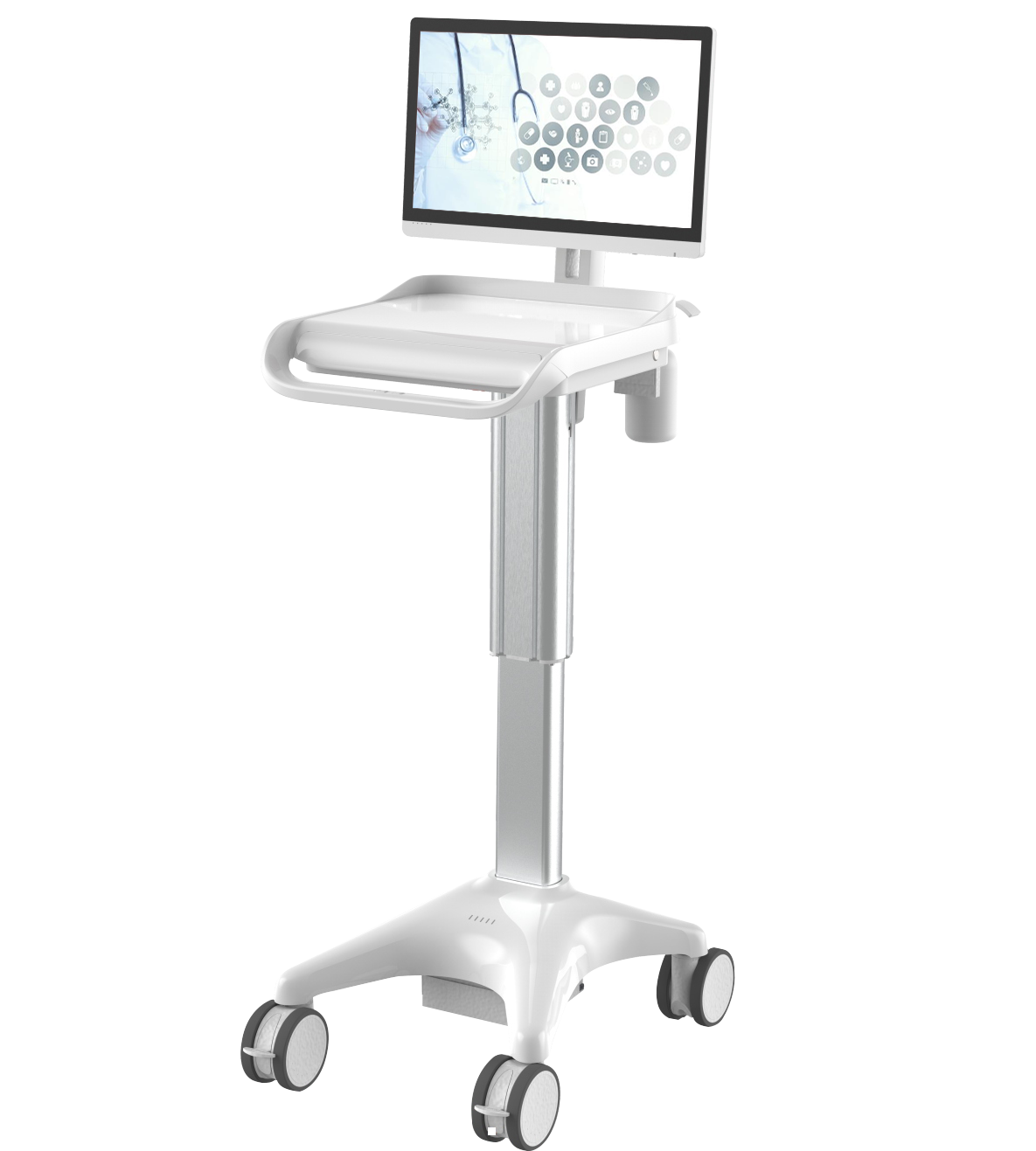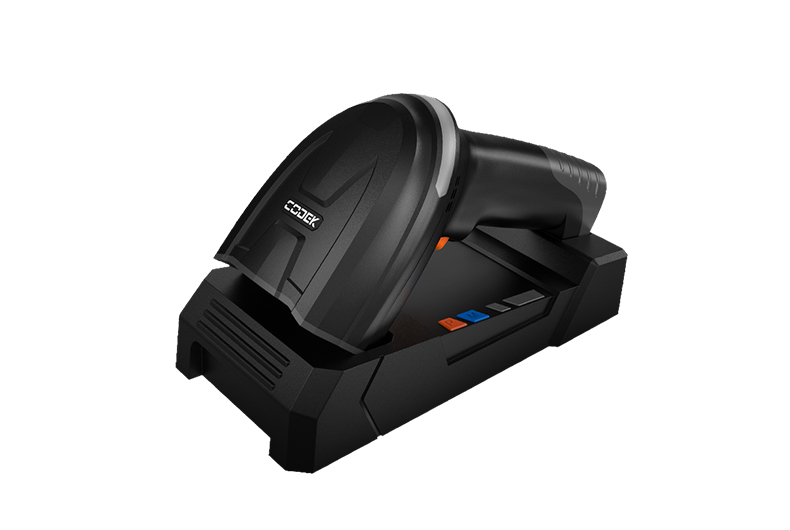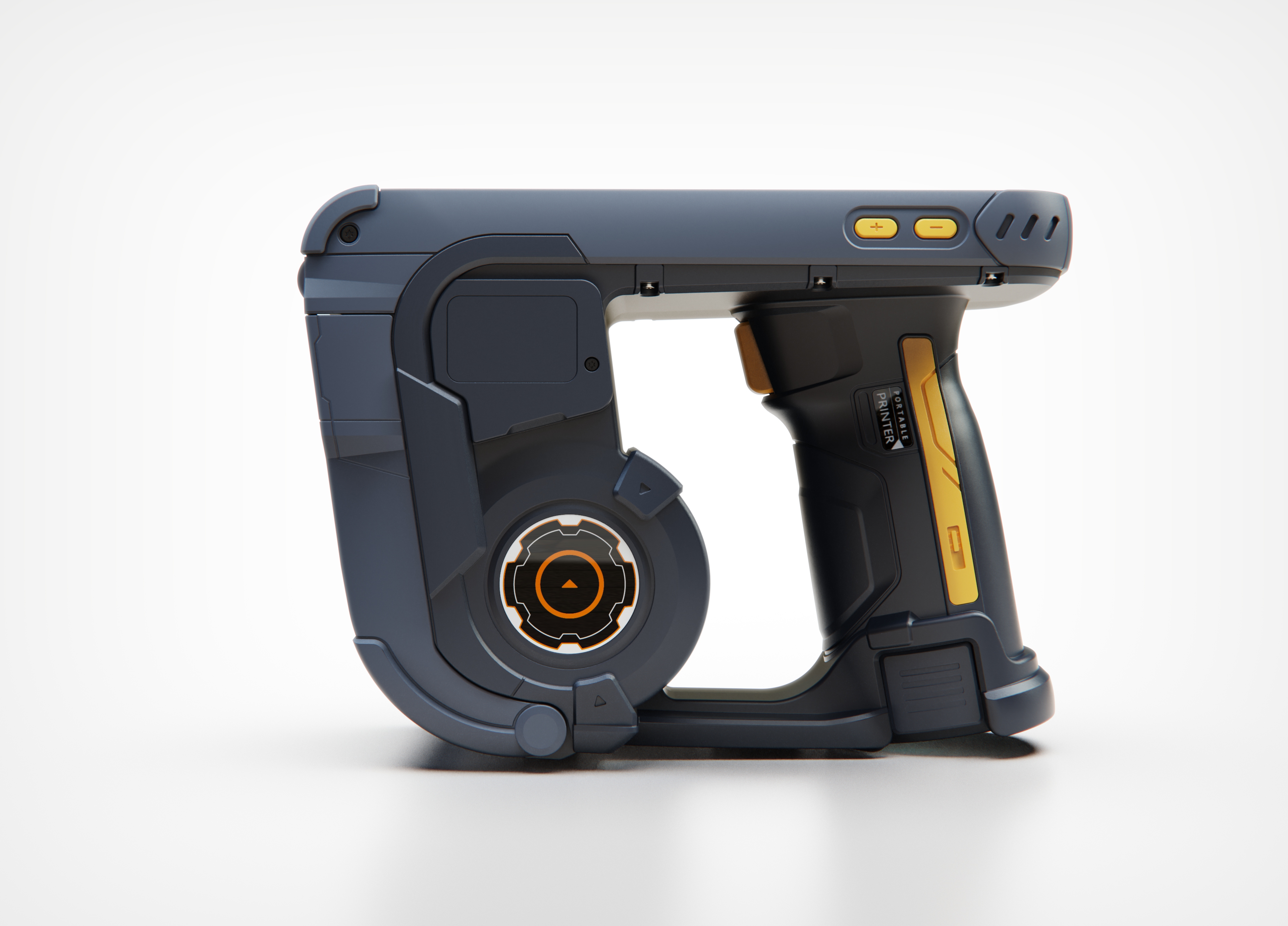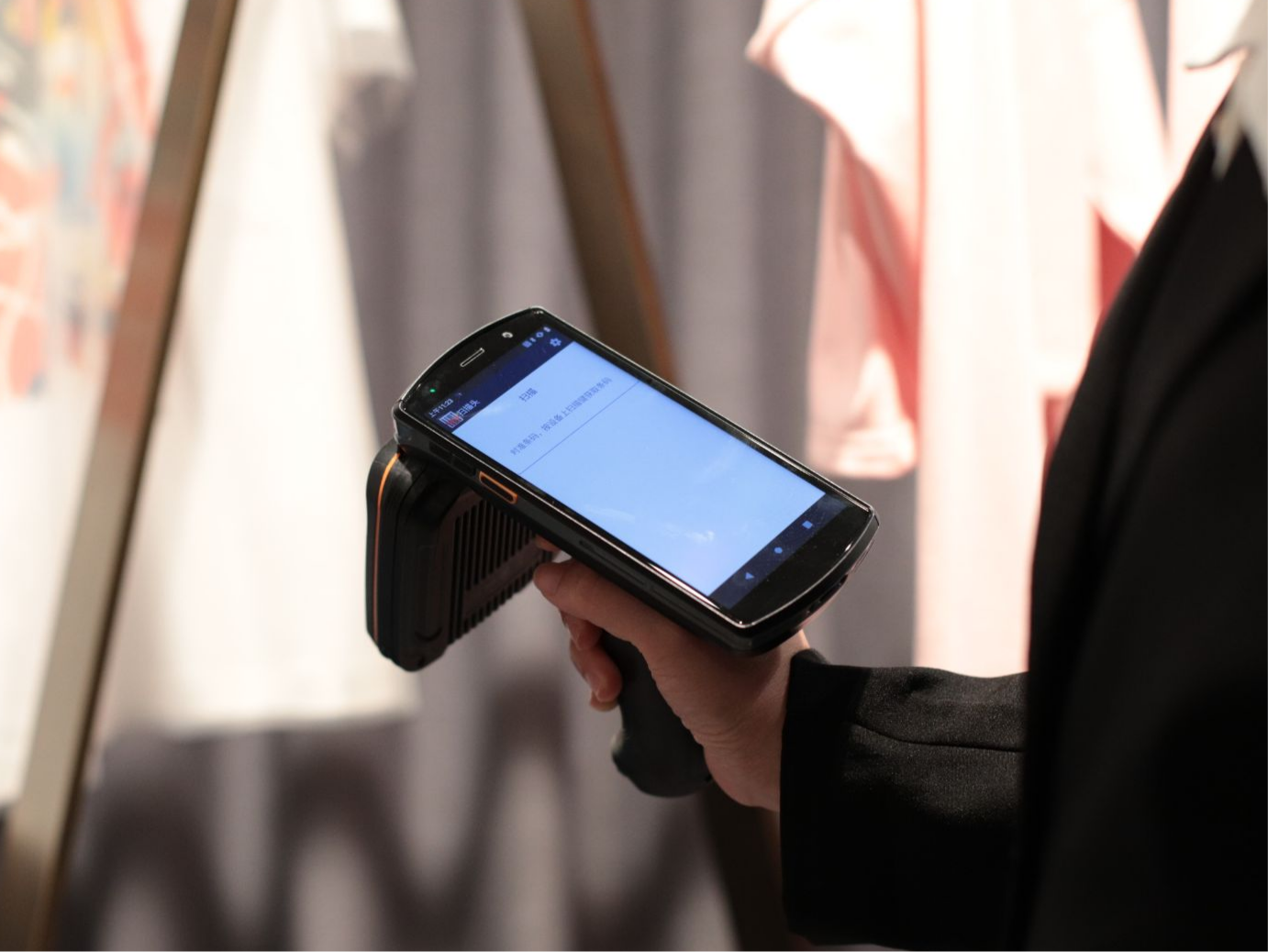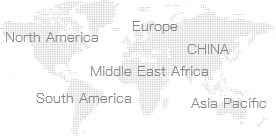Choosing the Right RFID Reader for Your Business: A Comprehensive Guide
In today’s competitive business environment, technology plays a crucial role in streamlining operations. One such tool, the RFID reader, has gained popularity across industries for its ability to improve tracking, inventory management, and operational efficiency. Whether you're managing inventory in a warehouse or tracking assets in healthcare, selecting the right RFID reader is vital. In this guide, we’ll explore how to choose the best RFID reader for your business by focusing on industry needs, frequency, application environments, and types of RFID readers such as Handheld RFID Readers, Fixed RFID Readers, RFID Sleds, and RFID Printers.
What is an RFID Reader?
An RFID reader is a device that communicates with RFID tags through radio waves to collect data automatically. RFID readers are available in various forms, each designed for different business needs. The type of RFID reader you choose depends on your industry, environment, and application requirements.
Categories of RFID Readers
There are four two categories of RFID readers. Each offers unique benefits depending on your business operations, Urovo has corresponding products, and different models can correspond to different companies' usage scenarios. This will make it easier for you to understand this blog and how to choose suitable RFID Reader to your company.
Handheld RFID Reader
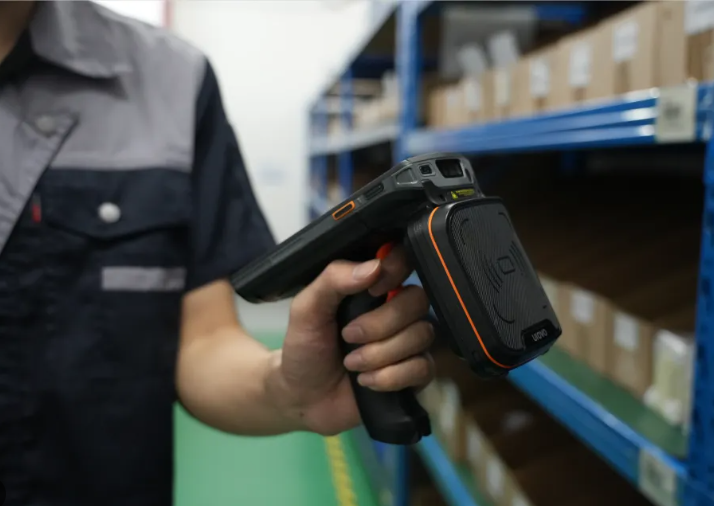
These portable devices are designed for flexibility. Handheld RFID readers allow employees to move around freely while scanning tags. They are ideal for applications where mobility is essential, such as inventory management in retail, warehouses, and field service environments. Because they are mobile, they can easily access hard-to-reach areas, making them perfect for periodic inventory checks or asset tracking in large areas.
|
Model |
|||
|
Operating System |
Android 12.0 |
Android 11.0 |
Android 11.0 |
|
Processor |
Octa-core, 2.2 GHz |
Octa-core, 2.45 GHz |
Octa-core, 2.45 GHz |
|
Display |
5.5-inch, 720x1440 |
5.7-inch, 720x1440 |
5.7-inch, 720x1440 |
|
RFID Read Range |
Over 20 meters (UHF) |
Over 20 meters (UHF) |
Up to 1.5 meters |
|
Battery |
7000 mAh, removable |
9000 mAh, removable |
4300 mAh |
|
Durability |
IP67, 1.5m drop resistance |
IP67, 1.2m drop resistance |
IP67, 1.5m drop resistance |
|
Key Features |
5G-enabled, dual-frequency (HF & UHF) |
High capacity, long battery life |
Designed for diverse industry use |
|
Ideal For |
Warehousing, logistics, healthcare |
Inventory, asset management |
Retail, jewelry, warehouse management |
Fixed RFID Reader
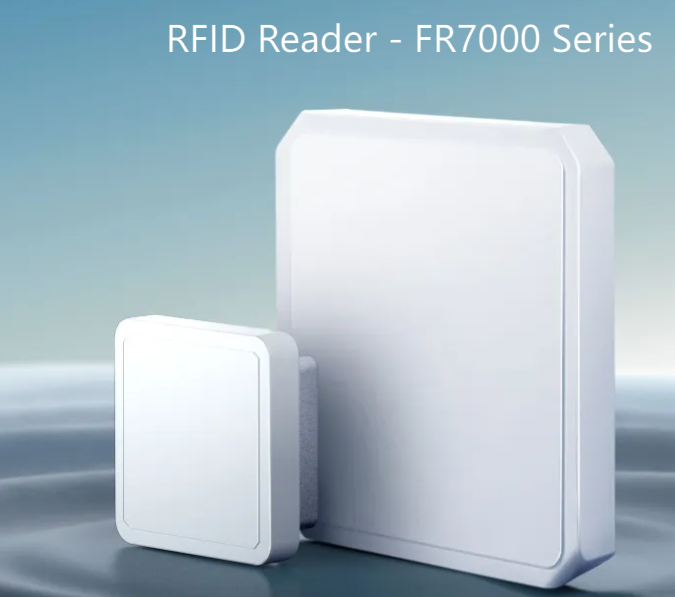
Fixed RFID readers are stationary devices usually installed at specific locations like entryways, loading docks, or production lines. They continuously monitor RFID tags within their read range, making them suitable for automated tracking in high-traffic areas. For businesses dealing with large volumes of goods, such as logistics and manufacturing, fixed RFID readers help optimize workflows by providing real-time, automated data collection.
|
Model |
|||
|
Operating System |
Not applicable (industrial setup) |
Not applicable (industrial setup) |
Not applicable (industrial setup) |
|
RFID Read Range |
Long-range RFID read (up to 25 meters) |
Medium-range RFID reader |
Short to medium range |
|
Connectivity |
Ethernet, Wi-Fi |
Ethernet, Wi-Fi |
Ethernet |
|
Durability |
Rugged, suitable for harsh environments |
Rugged, high-temperature resistant |
Standard IP65 rating for indoor use |
|
Ideal For |
Industrial setups, logistics centers |
Inventory control, product tracking |
Office or light industrial setups |
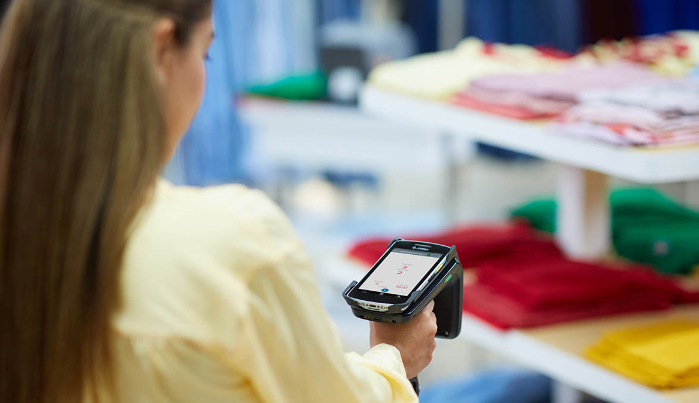
RFID sleds are accessories that convert standard mobile devices, like smartphones or tablets, into RFID readers. This solution is cost-effective for businesses that want to integrate RFID capabilities into existing devices without purchasing new equipment. RFID sleds are ideal for industries like retail or field service, where using a mobile device for both RFID scanning and other tasks can enhance operational efficiency.
|
Model |
|
|
Operating System |
Android/Connects to Urovo DT50 models |
|
RFID Read Range |
Long-range RFID read (up to 20 meters) |
|
Connectivity |
Bluetooth, Wi-Fi |
|
Durability |
IP67, resistant to drops and dust |
|
Key Features |
Easy integration with mobile devices, adds RFID capability |
|
Ideal For |
Retail, field services, flexible use |
RFID Printer
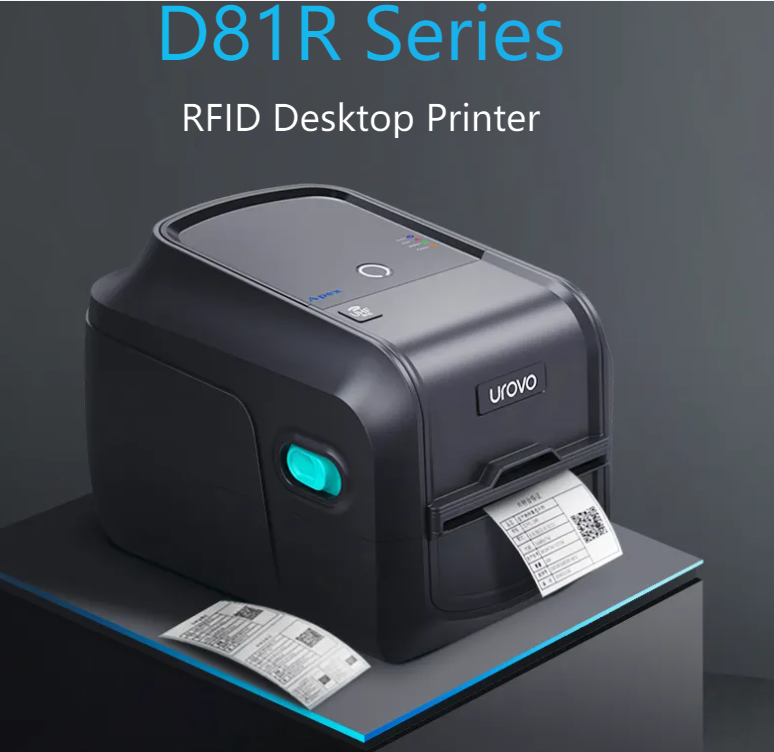
An RFID printer combines RFID technology with label printing. It encodes RFID tags while printing labels, making it ideal for applications where asset tracking and labeling are required simultaneously. RFID printers are commonly used in logistics, manufacturing, and retail environments where high volumes of RFID-tagged products need to be managed and labeled efficiently.
|
Model |
|
|
Printing Method |
Thermal Transfer, Direct Thermal |
|
Connectivity |
USB, Bluetooth, Wi-Fi |
|
RFID Encoding |
UHF and HF RFID support |
|
Durability |
Industrial-grade durability |
|
Key Features |
High-quality printing and encoding, fast data transmission |
|
Ideal For |
Logistics, manufacturing, retail |
This breakdown helps in identifying the best RFID reader depending on your operational environment and specific needs. If you are looking for mobility and flexibility, the DT51U 5G or RFDT50 RFID Sled offers excellent choices. For more stationary or industrial setups, the FR7000 provides long-range RFID reading. And if you need both printing and RFID encoding, the D81R Series RFID printer will fit perfectly into your workflow.
Industry-Specific RFID Reader Applications
Each industry has unique needs when it comes to RFID readers:
Retail and E-commerce
Handheld RFID readers are widely used in retail to conduct inventory checks, while fixed RFID readers can be positioned at entry or exit points to monitor goods in real-time. RFID printers can be used to label new stock, helping retailers keep track of products efficiently.
Warehousing and Logistics
Fixed RFID readers and RFID printers are essential tools in the logistics sector. RFID printers streamline the tagging and labeling process, while fixed readers ensure real-time tracking of goods as they move through supply chains. Handheld RFID readers also allow workers to scan items easily throughout large warehouses.
Healthcare
In healthcare, RFID readers are crucial for tracking medical equipment, patient data, and medication inventories. Handheld RFID readers are perfect for mobile tracking within hospitals, while fixed readers can automate asset tracking in high-traffic areas like emergency rooms or supply rooms.
Manufacturing
RFID sleds and fixed readers provide real-time monitoring of materials and products on the assembly line. RFID printers are used for product labeling, ensuring that each item can be tracked throughout the production process.
Understanding Frequency: Low, High, and Ultra-High Frequency RFID Readers
Selecting the right RFID reader also depends on the frequency it operates at:
Low Frequency (LF)
LF readers are designed for short-range applications and are less affected by interference from liquids or metals. They are suitable for specialized environments such as animal tracking or certain industrial applications.
High Frequency (HF)
HF readers have a longer range and are typically used for applications like access control, ticketing, or item-level tracking in retail and libraries. They provide a balance between read range and performance.
Ultra-High Frequency (UHF)
UHF RFID readers are ideal for long-range applications such as warehouse management and logistics. UHF readers can read multiple tags simultaneously at distances of up to 12 meters, making them perfect for large-scale operations that require fast and efficient tracking.
Environmental Considerations for RFID Readers
Before selecting an RFID reader, consider the environmental factors that may affect its performance:
Indoor vs. Outdoor Use
Businesses operating in outdoor environments or harsh conditions need rugged RFID readers. Handheld readers and RFID sleds with durable, weatherproof designs are ideal for outdoor use. Fixed RFID readers can be installed in sheltered areas or designed for outdoor conditions if needed.
Interference from Metal or Liquids
In environments with significant metal or liquid interference, LF or HF RFID readers are generally more effective. UHF RFID readers, while offering a longer read range, are more susceptible to interference from these materials.
Mobile vs. Fixed Solutions
For businesses that require flexibility and mobility, handheld RFID readers or RFID sleds are optimal. On the other hand, fixed RFID readers are more suited to continuous monitoring in specific areas like production lines or entry points.
Key Features to Consider When Selecting an RFID Reader
Here are a few critical features to keep in mind when selecting an RFID reader:
Read Range
Select an RFID reader with an appropriate read range based on your environment. Handheld RFID readers typically have a shorter range, while fixed UHF readers can cover larger areas.
Durability
If your business operates in rugged or industrial environments, look for RFID readers that are built to withstand harsh conditions. Devices like rugged handheld readers or fixed readers with robust enclosures offer more durability.
Integration and Connectivity
RFID readers should integrate seamlessly with your existing systems, whether through Wi-Fi, Bluetooth, or Ethernet connections. RFID sleds, for example, allow businesses to add RFID functionality to existing smartphones.
Compliance with Industry Standards
Ensure the RFID reader complies with global standards like ISO/IEC to guarantee compatibility with other equipment and ensure future-proofing.
Conclusion
Choosing the right RFID reader for your business requires careful consideration of factors like the industry you operate in, the environment, and the specific applications of RFID technology. Whether you opt for a Handheld RFID Reader for mobility, a Fixed RFID Reader for automated tracking, an RFID Sled for cost-effective flexibility, or an RFID Printer for streamlined tagging, the right solution can significantly enhance efficiency, accuracy, and productivity.
By understanding your business needs and the options available, you can select the RFID reader that will deliver the most value, ensuring smoother operations and better asset management.
If this article helped you, or if there is more interest in learning more please feel free to contact us.
Editor's Note:
You can find out more about the practical application of RFID Reader or some other suggestions in other blogs:
RFID Scanner vs Barcode Scanner
Discusses the differences between RFID Scanner and Barcode Scanner and the scenarios in which both technologies are used.
Optimizing Healthcare Asset Tracking with UROVO Handheld RFID Readers
In the healthcare industry, efficient asset tracking is crucial for ensuring operational efficiency and patient safety.
Top 10 Applications of UHF RFID Readers
As a leading brand in handheld RFID readers, UROVO is committed to providing solutions that enhance efficiency and accuracy across various sectors. Today, we delve into the top 10 applications of UHF RFID readers, demonstrating how businesses can leverage our technology for optimal results.


